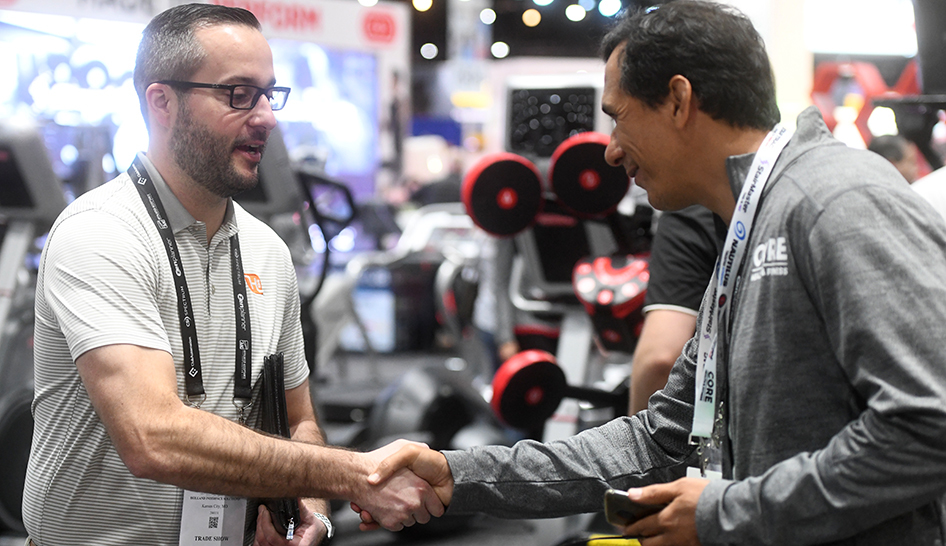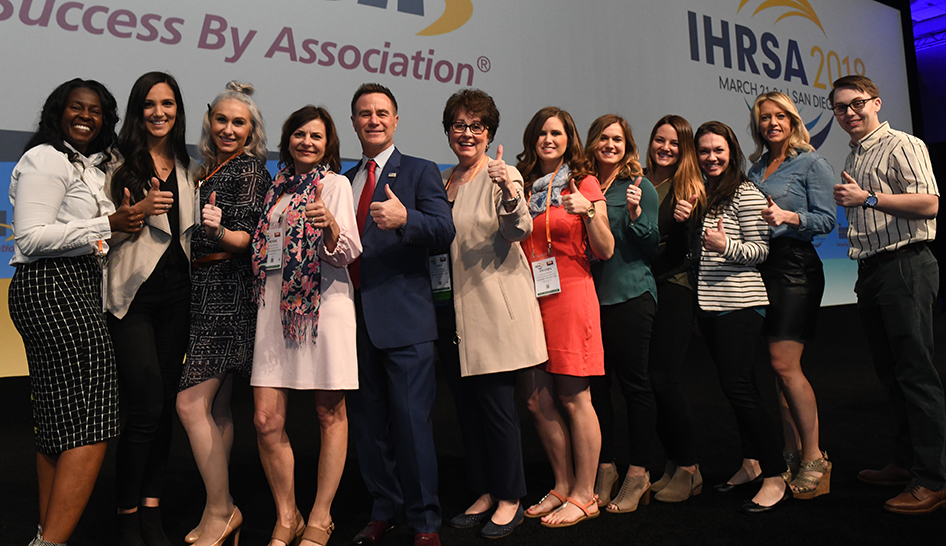But be sure to stay away from questions about age, weight, sex, race, religion, national origin, disability or anything that might be potentially discriminatory. Refer to the IHRSA Employment Law Basics for Club Operators briefing papers for more guidance.
Preparing questions ahead of the interview will give you the opportunity to hone in on the qualities you’re looking for in a new hire. Not to mention, top talent will want to work with an organized leader with clear goals.
Step 2: Interview
Golden recommended having two to three employees interview each applicant and then hold a debriefing session each time. After moving forward with a smaller pool of applicants, a nontraditional interview can give the applicant a time to shine—and you a chance to see their work in action.
A nontraditional interview can be customized to the job description or to the past experiences of the applicant. An example, would be to allow the potential hire to work with a client or let them lead a class for a few minutes. Many times, a client’s feedback will be more useful in the decision-making process.
Step 3: Evaluate
Once a new personal trainer has been picked, the last part of the P.I.E. process is to take a look back at what worked and didn’t, Golden said. It’s time to evaluate. Did things go smoothly? Continue to update your questions and interview requirements. Keep records so you can look back at the process at any point in the future.
How to Onboard a New Personal Trainer



